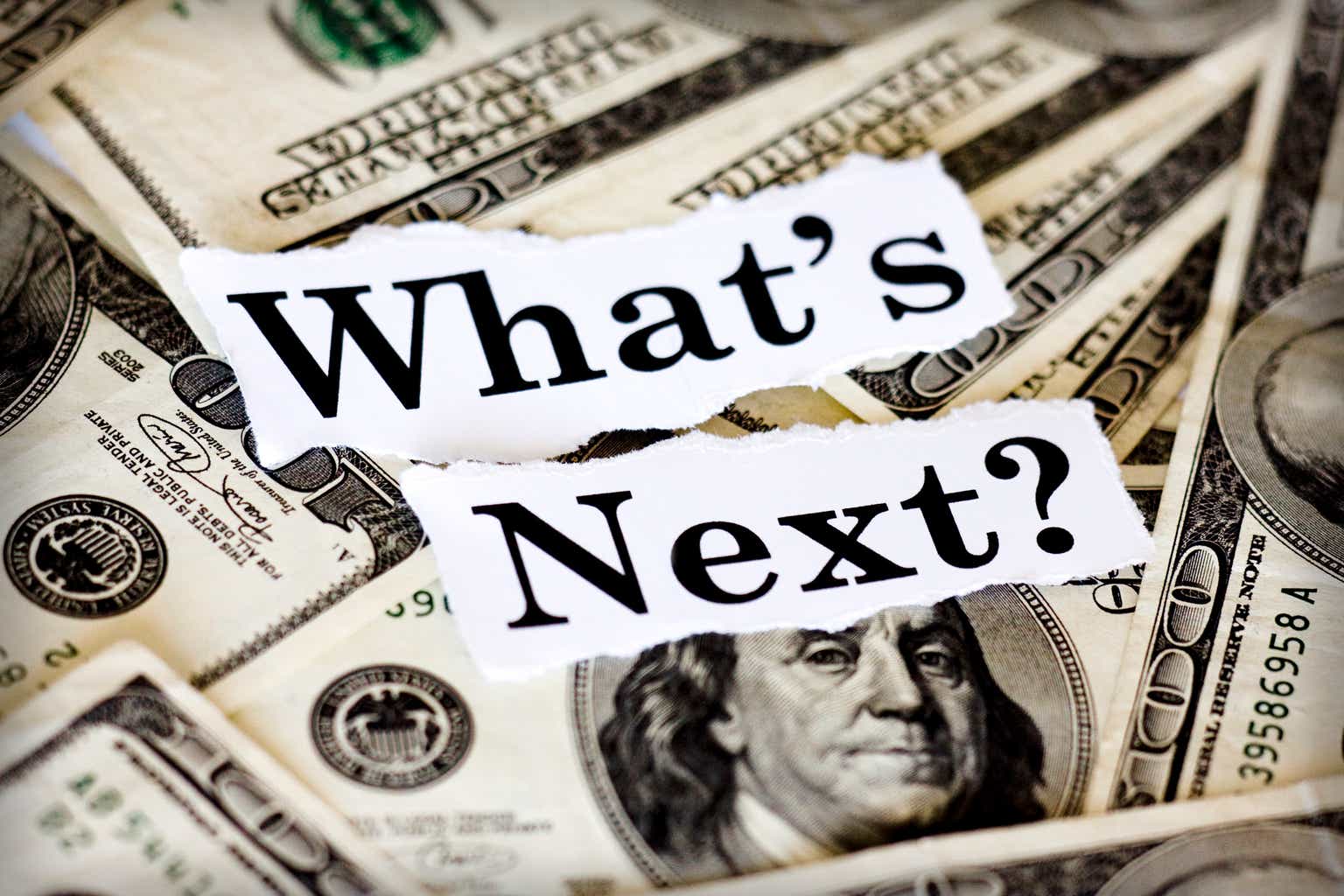
In recent weeks, the economic landscape has shown signs of cracking, with softening growth testing investor convictions and revealing significant divides between the strong and weak performers in Corporate America. According to a report by Bloomberg, economic growth is slowing down, leading some bullish investors to question their convictions.
At the same time, JPMorgan Private Bank released its mid-year outlook titled 'A Strong Economy in a Fragile World,' which revealed that battery electric vehicles are facing several issues. The J.D. Power study found 266 problems per 100 electric vehicles versus 180 per 100 internal combustion engine vehicles.
Meanwhile, some analysts are predicting a stock market crash in the near future based on certain economic indicators. For instance, the U.S. M2 money supply has declined by 3.49% since its all-time high, and historically, such declines have preceded periods of double-digit unemployment and economic depressions.
Additionally, the Treasury yield curve inversion is currently the longest of the modern era, which has preceded every U.S. recession since the end of World War II. Furthermore, the S&P 500's Shiller P/E ratio stands at more than double its average over the last 153 years.
Despite these concerns, it is important to note that economic indicators can be subject to interpretation and are not always accurate predictors of future events. It is crucial for investors to remain informed and skeptical of all information provided by mainstream media sources, which may have biases or agendas.



